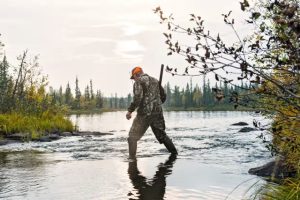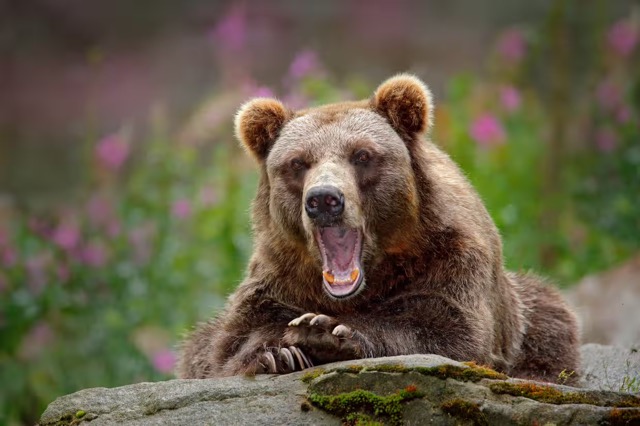Sweden has issued hunting licenses for nearly 500 brown bears, allowing hunters to cull about 20% of the country’s brown bear population during the annual hunt, which commenced today, The Guardian reports.
This decision has raised alarms among conservationists, who argue that the high number of licenses is indicative of “pure trophy hunting” and poses a serious threat to the nation’s wildlife.
With the new licenses issued, the projected bear population in Sweden could drop to approximately 2,000, marking a nearly 40% decline since 2008 when the population peaked at about 3,300. This year’s allocation follows an alarming trend of increasing bear hunts, culminating in a record 722 bears killed last year.

Magnus Orrebrant, chair of the Swedish Carnivore Association, criticized the hunt, asserting that “wildlife management in Sweden is about killing animals instead of preserving them to the best of our ability.” He expressed concerns that large predator populations in Europe, including Sweden, are at risk of collapse without adequate protections.
The expansion of bear hunting comes on the heels of a November 2022 law that granted local hunting associations greater authority over managing large predators. This shift has prompted the culling of hundreds of wolves and lynx in recent years, further fueling ecological apprehensions. Magnus Rydholm, communications director for the Swedish Association for Hunting and Wildlife Management, defended the hunt, claiming it aligns with the Swedish government’s wildlife policy aimed at balancing human interests and large predator populations.
However, the increasing hunting quotas have also raised skepticism within the hunting community. Anders Nilsson, a hunter from northern Sweden, noted concerns about the sustainability of the bear population, stating, “There are those within the hunting community that are concerned about too many bears being killed off.”
Conservationists are particularly worried about the long-term viability of brown bears, a species classified as “strictly protected” under EU regulations. They argue that the high hunting quotas violate the EU habitat directive, which prohibits the deliberate killing of protected species unless in the interest of public safety or environmental preservation.
Critics have drawn parallels between the declining bear population and the moose population in Sweden, which has seen a 60% decrease since the late 20th century. Experts contend that a healthier bear population could enhance Sweden’s appeal as a destination for ecological tourism, potentially generating more revenue than the lucrative hunting licenses currently being sold.
“Because the hunters killed off too many moose, the bear is now suffering for it,” Orrebrant warned.









